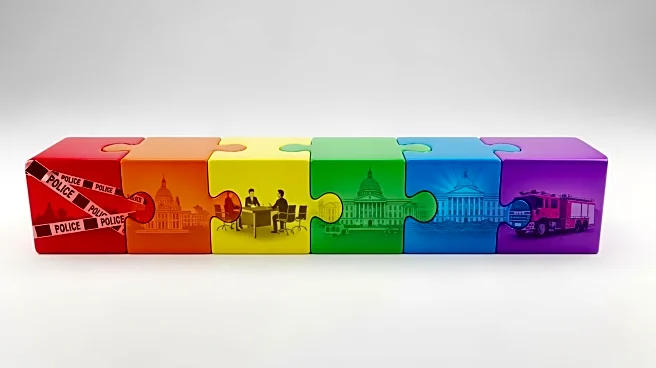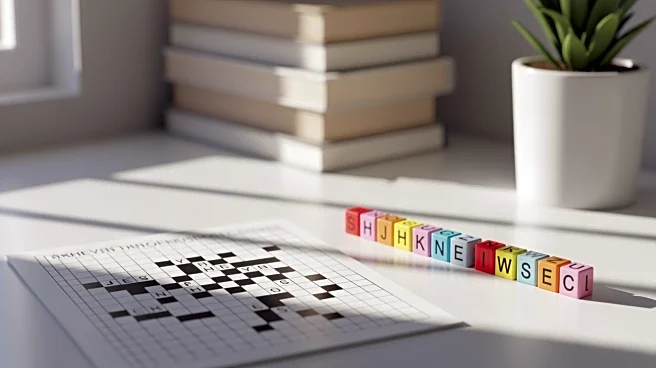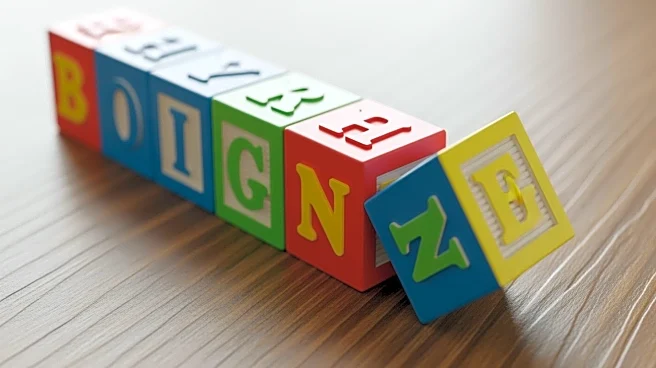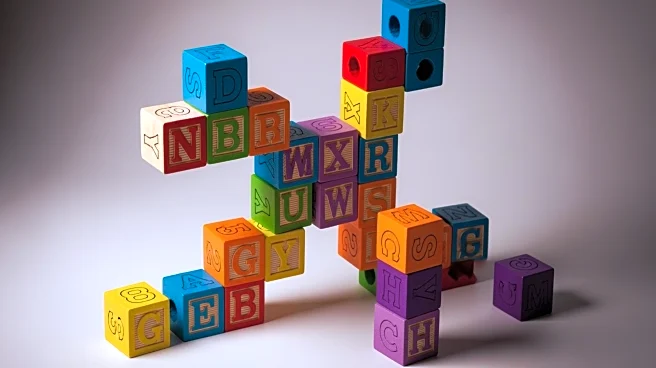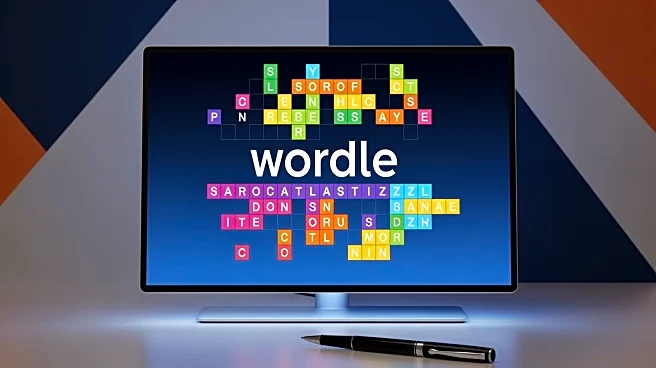What's Happening?
Wordle, the daily word puzzle game, has released its latest challenge, Puzzle #1583, for October 19. Players are tasked with guessing a five-letter word within six attempts, using color-coded feedback
to guide their guesses. The answer to today's puzzle is 'ideal,' a word that signifies a conception of something in its most excellent form. The puzzle features two consonants and three vowels, with no repeating letters. Wordle's format encourages strategic thinking, as players must consider common vowel placements and potential letter repetitions.
Why It's Important?
Wordle's ongoing popularity highlights the demand for engaging and mentally stimulating games that can be played casually. The game's success has contributed to The New York Times' digital strategy, potentially increasing subscriptions and engagement with its digital content. Wordle's simple yet challenging format appeals to a wide audience, fostering a community of players who share tips and solutions. This phenomenon reflects broader trends in digital entertainment, where accessible and shareable content drives user engagement.
What's Next?
The New York Times may continue to leverage Wordle's popularity by integrating it further into its digital offerings, possibly introducing new features or variations of the game. The success of Wordle could inspire similar games, expanding the genre and attracting new players. As the community around Wordle grows, there may be opportunities for more interactive and social features, enhancing the game's appeal and fostering connections among players.
Beyond the Headlines
Wordle's success demonstrates the power of simple, engaging games in the digital age, where social media can amplify their reach and impact. The game's format encourages daily engagement, which can contribute to increased digital literacy and vocabulary skills. Additionally, Wordle's popularity may influence educational strategies, incorporating game-based learning into language and literacy education.
